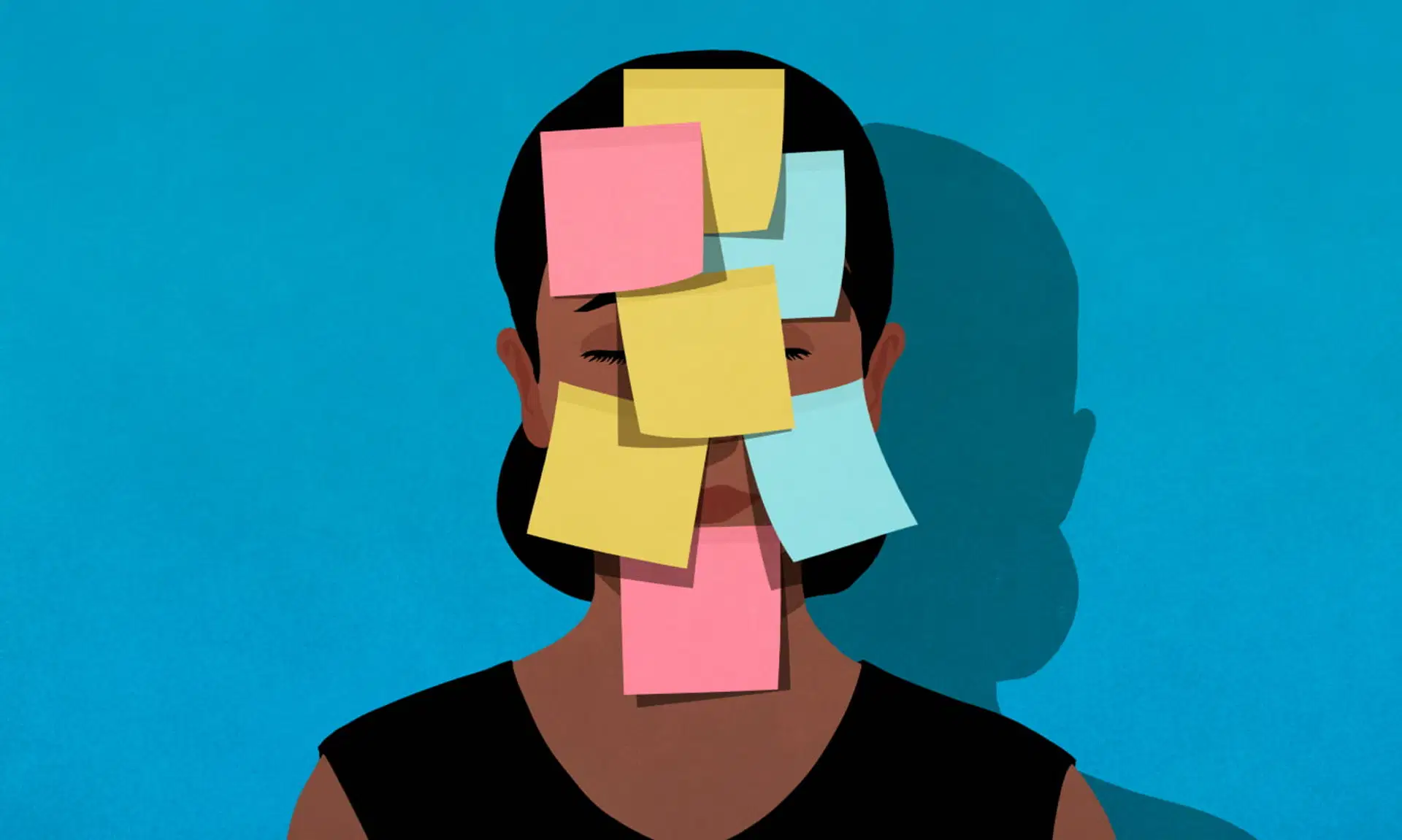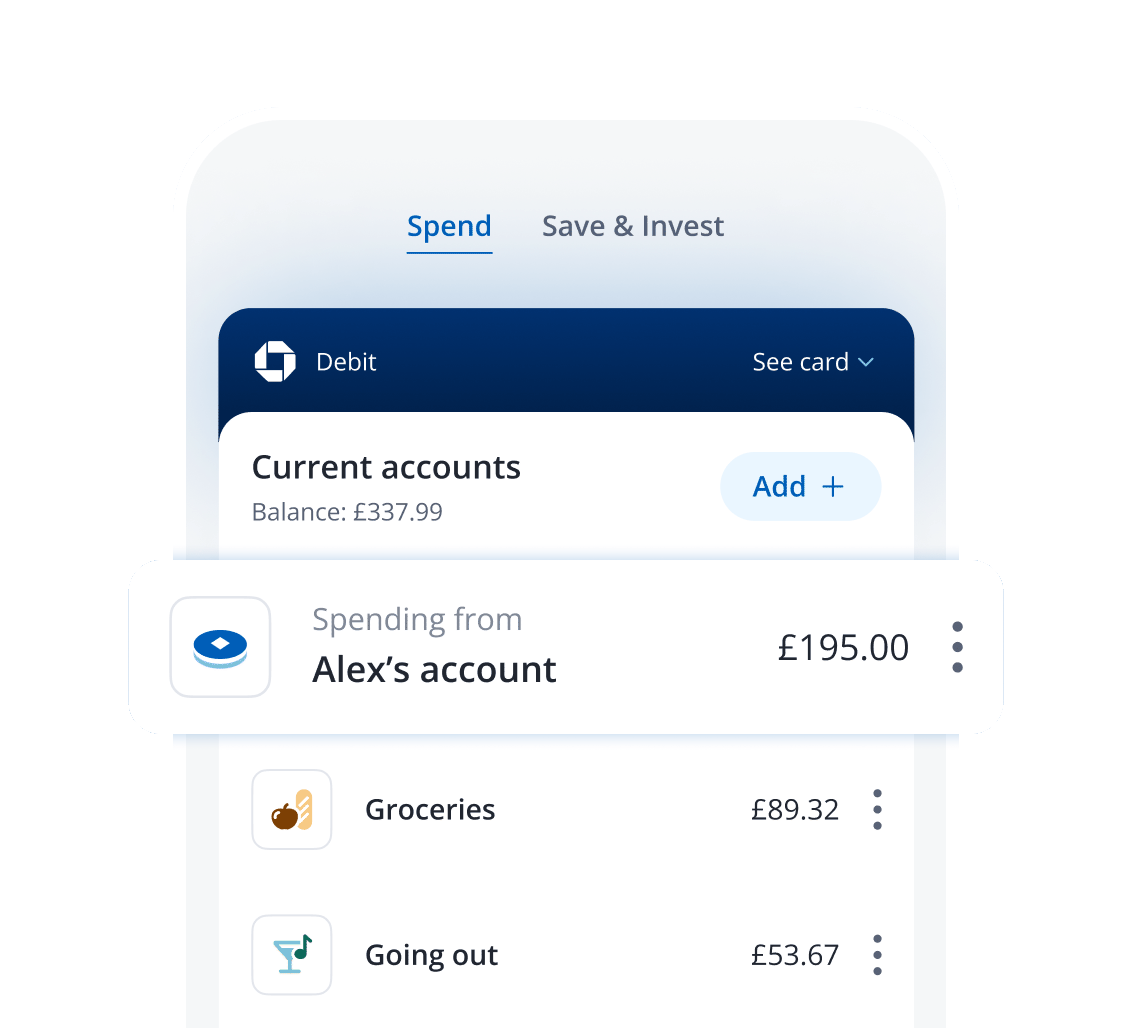help & advice
Financial hoarding disorder: how to spot it and get help
3 min | 09 October 2023


Avoiding paying for the things you need even though you can afford them could signify financial hoarding. Here's how you can spot the symptoms and how you can get help.
Through TV shows about people who hoard, we have a set idea of what hoarding looks like – often an accumulation of belongings overflowing in all living spaces. However, this behaviour can manifest in other areas of your life, such as money management.
On the surface, saving too much money doesn't sound like a negative thing. There can be plenty of ways to cut back on expenses to ensure we have money for an emergency or an important purchase. However, hoarding money and saving money are very different.
Hoarding disorder
The Mayo Clinic defines hoarding disorder as ‘an ongoing difficulty throwing away or parting with possessions because you believe that you need to save them’. It applies not just to physical items but also to digital or even animal hoarding.
Though the reasons for hoarding aren’t completely straightforward, according to the NHS, it can be a symptom of other mental health problems such as OCD, depression or schizophrenia. Sometimes, hoarding disorder is due to traumatic experiences and often starts in adolescence.
If you struggle with this disorder, getting rid of items or decluttering can cause panic or anxiety because you have a strong emotional connection to the things you hoard. One of the most significant differences between simply collecting and hoarding items is how much it affects your quality of life.
Financial hoarding
Financial hoarding can be a symptom of financial anxiety. The Journal of Financial Therapy defines the disorder as a ‘miserly spending style toward both self and others; money is viewed as something to be hoarded for future catastrophes’. When you hoard money, you take a positive action, like saving, to a damaging extreme.
In this piece about mindful spending, I interviewed Natasha Knox, a financial planner and therapist. She describes financial hoarding as clients 'denying themselves the things they need, such as appropriate healthcare, because they're so terrified of running out of money'.
In our conversation, she spoke about clients having enough money to provide themselves with necessities, but anxiety prevents them from making those purchases. When people hoard their finances, it may not necessarily be because they need to save them, but rather because of the comfort and security that they provide.
What does financial hoarding look like?
Financial hoarding can look like:
- Sacrificing necessities when you don’t need to
- Going to extremes to save money
- Feeling like you have to be a perfectionist with spending
- Feeling anxious when you have to spend money
- Limiting social time with friends and family to save money
Get support
It's not hopeless if you or someone you love suffers from financial hoarding. The Female Money Doctor recommends finding other examples of this behaviour in your family and immediate circles, by spotting patterns, you can find the root of the problem and re-write your story by making small changes.
Further help is available:
- You can contact your GP or the NHS for therapy or other mental health and well-being support
- You can call The Money Advice Service for free on 0800 138 7777
- You can also receive support through financial therapy
Recommended reading
- Understanding why we spend money
- A weekend to change your finances
- Your guide to guilt-free spending
Disclaimer: This article is for information only and does not constitute financial or health advice.






